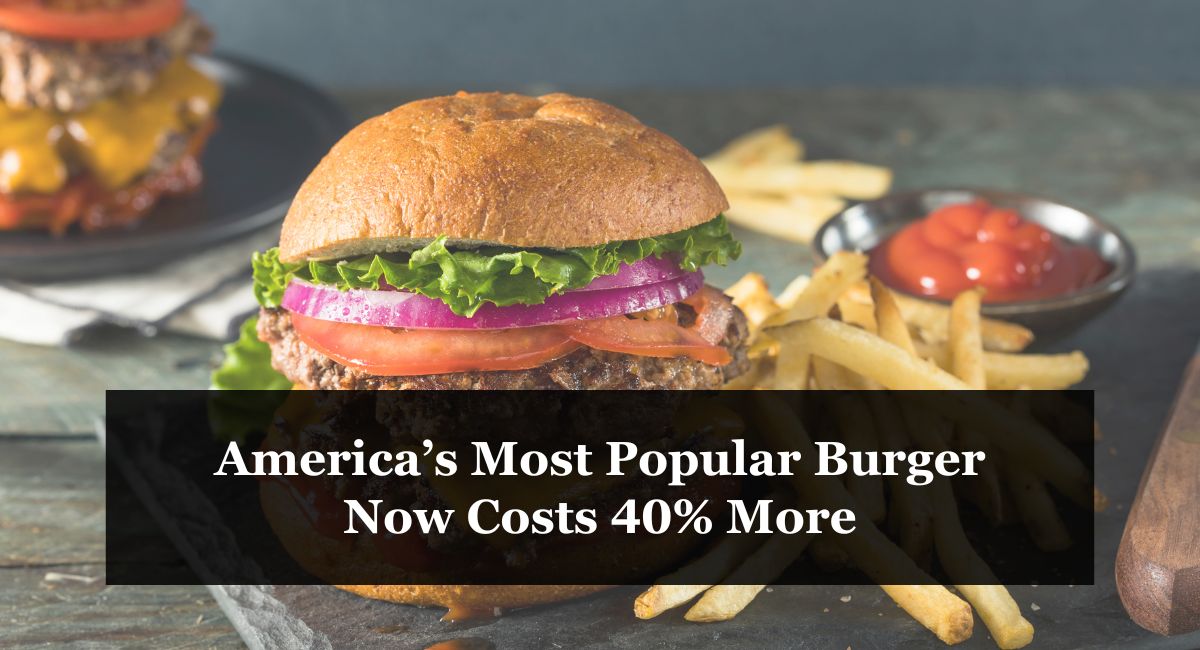In a striking demonstration of the inflationary pressures gripping the United States, the price of America’s most beloved fast-food item, the McDonald’s Big Mac, has surged by 40% over the past decade.
This price hike not only affects the pockets of burger enthusiasts but also serves as a broader indicator of economic trends.
A Look at the Numbers
As of now, a Big Mac costs an average of $6.05 in the U.S., marking a significant increase from its price ten years ago. This rise outpaces the overall inflation in the cost of living, which has escalated by 37% in the same timeframe.
The stark increase in the Big Mac’s price is particularly noteworthy given its status as a staple in the American fast-food diet.
Understanding the Big Mac Index
The Big Mac index, conceived by The Economist in 1986, plays a crucial role in this scenario. Originally created as a lighthearted means to measure purchasing power parity between currencies, it has evolved into a serious indicator of economic health.
This “Burgernomics” tool reflects not only the changes in the price of this iconic burger but also the shifting strength of the U.S. dollar in the global market.
Beyond the Big Mac
The Big Mac’s price trajectory is not an isolated case. Other fast-food chains are also grappling with rising costs, necessitating price hikes across various menu items. Factors contributing to these increases include higher expenses for shipping, labor, and raw materials.
This trend raises questions about the affordability and accessibility of fast-food, traditionally seen as an economical dining option.
Reflections on Consumer Behavior
This inflationary trend poses a significant question: Will consumers continue to indulge in their favorite fast-food items despite these rising costs?
The answer to this lies in observing future consumer behavior and spending patterns in the fast-food sector.
Conclusion
The 40% price hike of the Big Mac over a decade encapsulates the broader economic challenges facing the nation. It highlights the impact of inflation on everyday life, extending beyond the realm of finance into the plates of average Americans.
As the country navigates through these inflationary waters, the Big Mac serves as a symbolic gauge of the times.
-
How To Use Google Flights ‘Search Anywhere’ Tool To Find Cheap Fares

If you’re a traveler looking for flexibility and affordability, Google Flights offers an incredible tool that can help you discover the best flight deals without a specific destination in mind. Here’s how to make the … Read more
-
Why You Shouldn’t Plant Cucumbers And Tomatoes Together In The Garden

Whether you’re a first-time gardener or a seasoned pro, you’re likely to include both cucumbers and tomatoes in your garden. While they might seem like perfect companions, planting them together can lead to several issues. … Read more
-
10 Recipe Ideas For When You’re Hosting Your Grandparents

Hosting your grandparents for a meal is a special occasion that provides an opportunity to connect, reminisce, and create new memories together. Whether you’re planning a casual brunch, a cozy dinner, or a festive holiday … Read more

